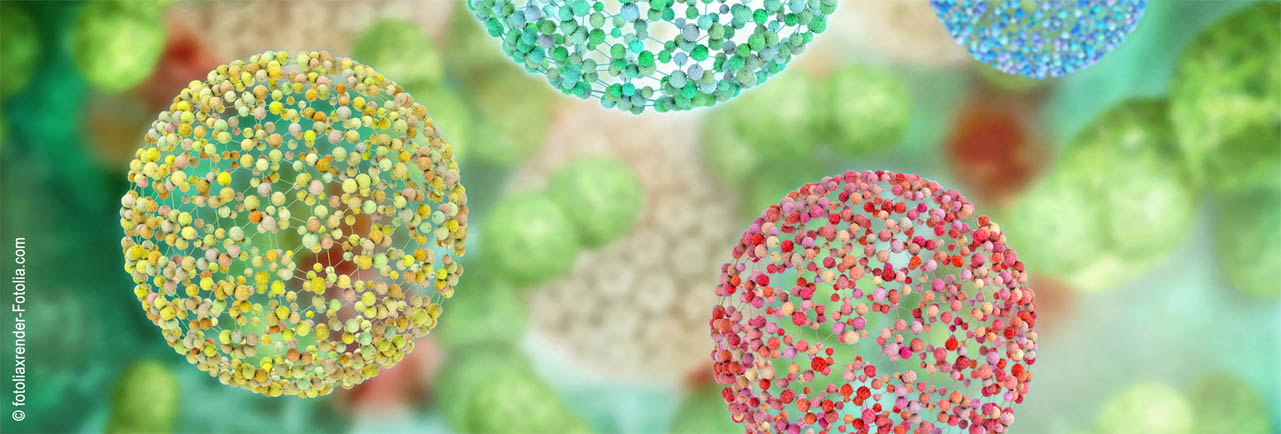Speaker
Description
Deep Eutectic Solvents (DESs) are promising eco-friendly media for many applications. They can be defined as low-freezing mixtures formed by a hydrogen bond donor (HBD) and a hydrogen bond acceptor (HBA) with melting point below the ideal mixture one.
Among these, Choline Chloride (ChCl)-based DESs have attracted great interest owing to ChCl non-toxicity and low cost. However, their high viscosity and hygroscopicity are significant drawbacks for possible applications.
In this context, we introduce an aqueous mixture of ChCl as an auspicious and low-viscosity Natural Deep Eutectic Solvent (NADES) for the solubilization of complex molecules [1,2].
The behavior of different ChCl:H2O mixtures at different molar ratios (1:n, with n=2-7, 10, 20) was investigated in terms of different physicochemical properties (density, viscosity and refractive index) and thermal behaviour via DSC measurements, together with S-WAXS studies, NMR analysis and ab initio Molecular Dynamics simulations. DSC was used to explore the solid-liquid equilibrium and identify the Deep Eutectic nature for ChCl:H2O 1:4 (termed as aquoline). Aquoline was efficiently employed for the solvation of β-Cyclodextrin (β-CD), a complex carbohydrate widely employed in pharmaceutical/cosmetic industries. β-CD solubility in aquoline reached a value significantly higher than in water, ca. 400 mg/ml vs 18.5 mg/ml, respectively. Temperature and composition dependences of density and refractive index of eutectic mixtures were modelled with a master relationship aiming at detecting a general trend. The temperature dependence of the isobaric thermal expansion coefficient α was monitored. Upon increasing water content, an isosbestic temperature (315 K) was detected, prompting for the local and transient tetrabonded Hydrogen Bond (HB) in water [3]. Experimental X-ray analysis, together with ai-MD computed neutron studies, highlighted no existence of a mesoscale aggregation. Furthermore, NMR studies and computational simulations suggested the presence of structures similar to clathrates, in which chloride and water form a cage around choline hydroxyl [4]. These results will have important implications for understanding the role of water in these systems and for improving the design of a water-based NADES with interesting solvation features.
[1] A. Triolo, F. Lo Celso, M. Brehm, V. Di Lisio, O. Russina, Liquid structure of a choline chloride-water natural deep eutectic solvent: A molecular dynamics characterization, J Mol Liq. 331 (2021). https://doi.org/10.1016/j.molliq.2021.115750.
[2] E. Mangiacapre, F. Castiglione, M. D’Aristotile, V. Di Lisio, A. Triolo and O. Russina, Choline Chloride-water mixtures as new generation of green solvents: a comprehensive physico-chemical study. Journal of Molecular Liquids (accepted).
[3] C. Andreani, C. Corsaro, D. Mallamace, G. Romanelli, R. Senesi, F. Mallamace, The onset of the tetrabonded structure in liquid water, Sci China Phys Mech Astron. 62 (2019). https://doi.org/10.1007/s11433-018-9408-2.
[4] K.M. Harmon, A.C. Akin, G.F. Avci, L.S. Nowos, M.B. Tierney, HYDROGEN BONDING Part 33. NMR study of the hydration of choline and acetylcholine halides, 1991.

